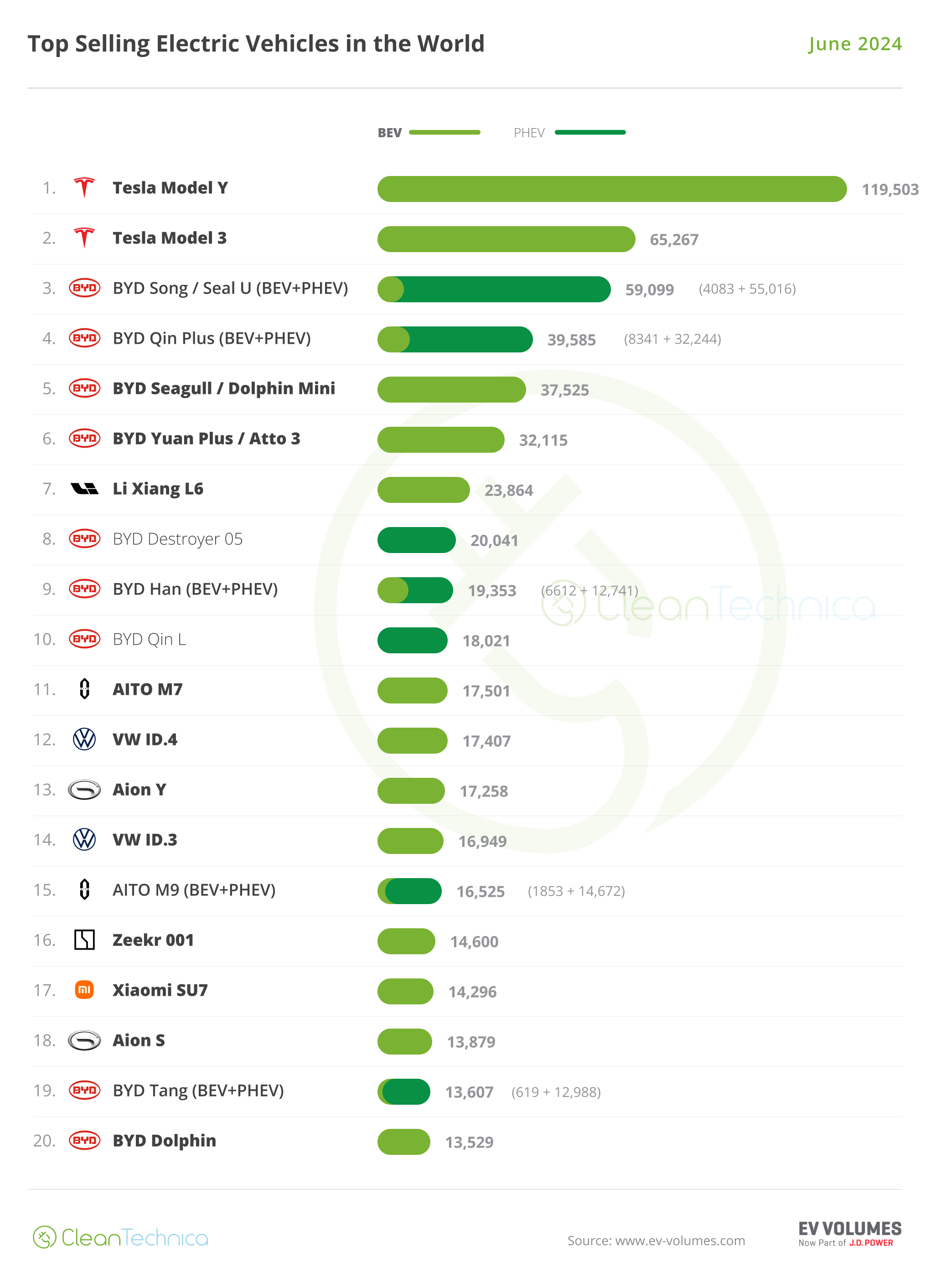Policymakers led by Governor Tiff Macklem held the benchmark overnight lending rate at 5% on Wednesday, the highest level in 22 years. The pause was expected by markets and economists, and marks the fourth time officials sat on the sidelines during this rate cycle, in which borrowing costs have jumped 475 basis points.
“There is growing evidence that past interest rate increases are dampening economic activity and relieving price pressures,” the bank said in a statement. “A range of indicators suggest that supply and demand in the economy are now approaching balance.” Economic growth will slip below 1% next year, the central bank projected.
Markets reacted to the dimmer outlook. The loonie fell as low as C$1.381 per US dollar — its lowest level in more than seven months — and short-term bonds rallied. The Canada two-year benchmark note was at 4.711% at 12:19 p.m. in Ottawa, down about 6 basis points from its level prior to the rate decision.
Despite projecting slower growth, policymakers also expect higher inflation in the near term and aren’t yet seeing progress on core inflation, so they’re continuing to threaten additional hikes. Officials now expect inflation to average 3% in 2024, up from a 2.5% forecast in July.
The central bank’s governing council is “concerned that progress towards price stability is slow and inflationary risks have increased,” reiterating they’re prepared to boost rates further if needed.
Still, the deteriorating outlook for economic growth reinforces the case that the bank is most likely done with rate increases — and that policymakers will ultimately need to turn their discussions to when they should begin lowering borrowing costs.
“We’ve been saying for some time that the path to a soft landing is narrow,” Macklem said during a news conference in Ottawa. “And in this projection, that path has gotten narrower.”
“It is a path where the economy goes through a period of very weak growth, and then comes out of that in late ’24 and through ’25.”
Excess Supply
In the accompanying monetary policy report, officials slashed third-quarter gross domestic product growth by nearly half to 0.8%, and forecast fourth-quarter output at 0.8%, quarter over quarter at annual rates. They also revised downward their growth forecast for this year to 1.2%, from 1.8%. The economy is projected to move into modest excess supply during the current quarter.
Over the past year, GDP growth has averaged 1%, while GDP per capita growth has been negative, falling by 1.6%. The output gap is effectively closed — it’s estimated to be between minus-0.75% and 0.25% in the third quarter — suggesting that demand pressures have been rapidly easing.
The more balanced economy has not yet resulted in slower inflation, however. The consumer price index is expected to remain “persistently high” in the near term, averaging about 3.5% through mid-2024.
The bank once gain pushed back the timeline for inflation to return to its target. Now it expects that in the second half of 2025, from a previous forecast of mid-2025. “With progress toward the 2% target slow and increased global risks of higher inflation, the risk that disinflation could stall or that inflation even could rise again has increased,” the bank said in the report.
War Risks
Upside risks to inflation include elevated inflation expectations of households and businesses, extreme weather events, and geopolitical uncertainties including the Israel-Hamas war.
Policymakers said they want to see downward momentum in core inflation and continue to be “focused on the balance between demand and supply in the economy, inflation expectations, wage growth and corporate pricing behavior.”
Canada’s households are more indebted, on average, than their US counterparts and their shorter-duration mortgages roll over faster. That makes the Canadian economy more sensitive to higher rates and is one reason the Bank of Canada first declared a pause in January, well before the US Federal Reserve.
“Although the Bank of Canada maintained its tightening bias today, the rest of the policy statement suggests that the bank is growing more confident that its job is done,” Stephen Brown, an economist with Capital Economics, said in a note to investors.
It’s still too early to talk about rate cuts, Senior Deputy Governor Carolyn Rogers told reporters. “The discussion around when we can decrease interest rates has to do with inflation. When we see inflation is sustainably back to target, that’s when we’ll start having a discussion about reducing rates,” she said.
Rogers later told Bloomberg that the policy rate could decline from its current level before inflation is completely back to target if the outlook suggested that less-restrictive policy would be enough to get inflation to 2%.
The central bank’s next decision is due Dec. 6, after further releases of jobs and inflation data and third-quarter gross domestic product figures.
Share This:
Next Article



